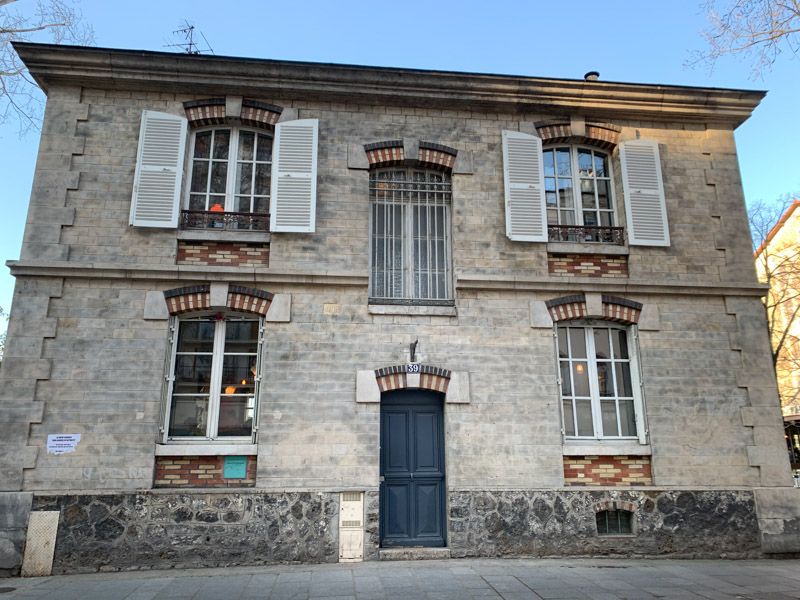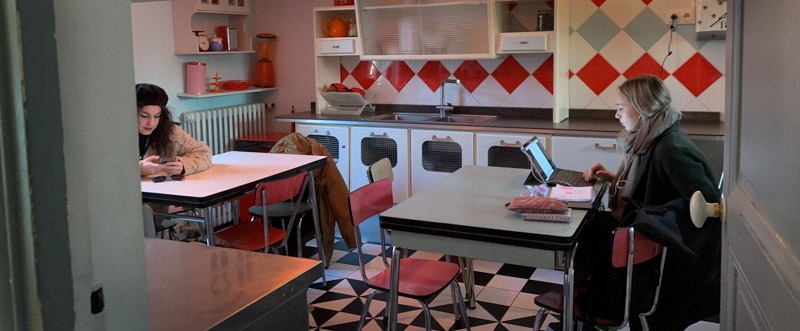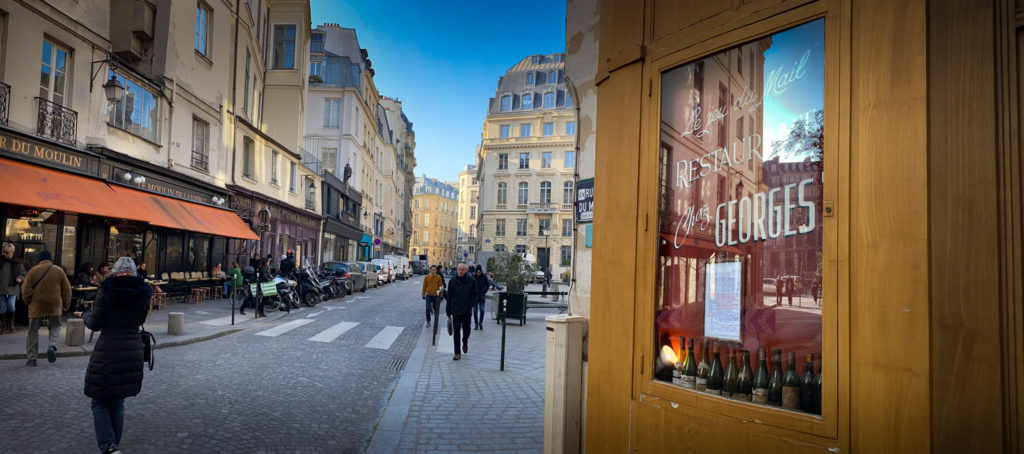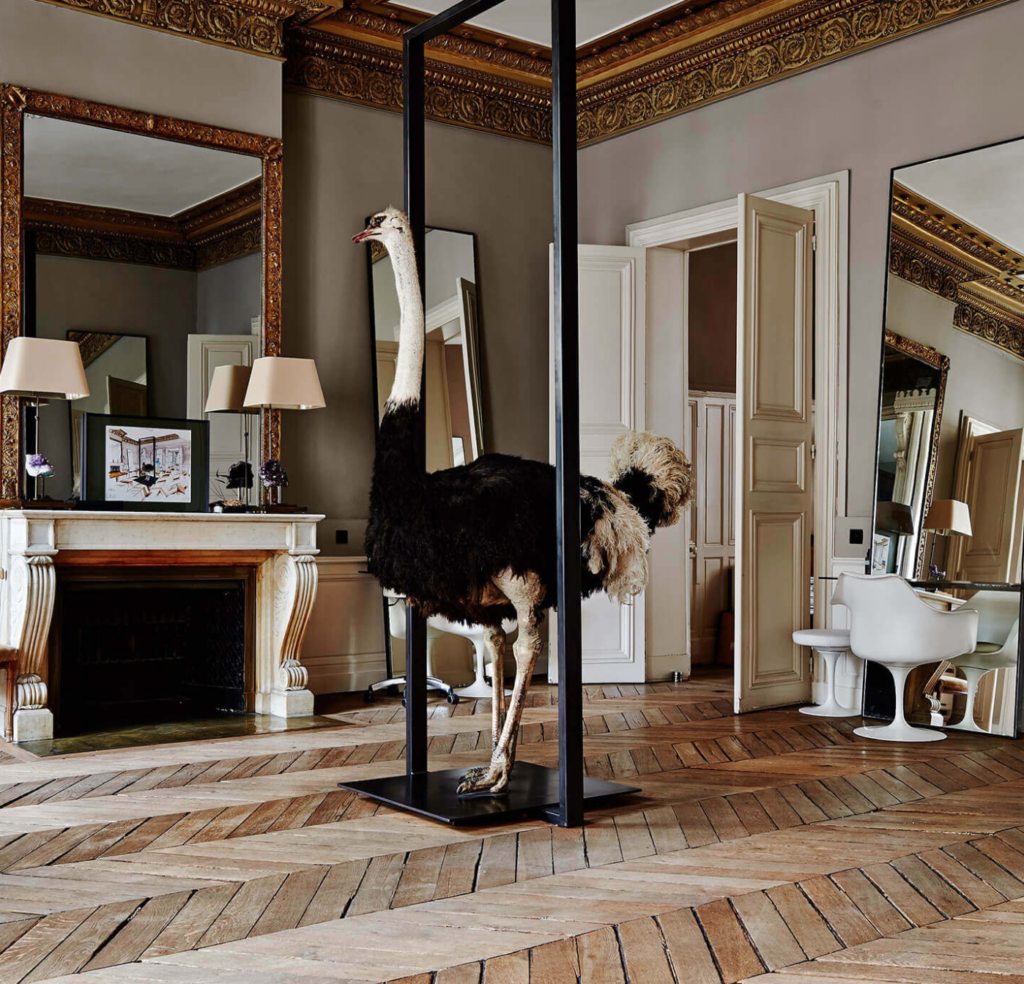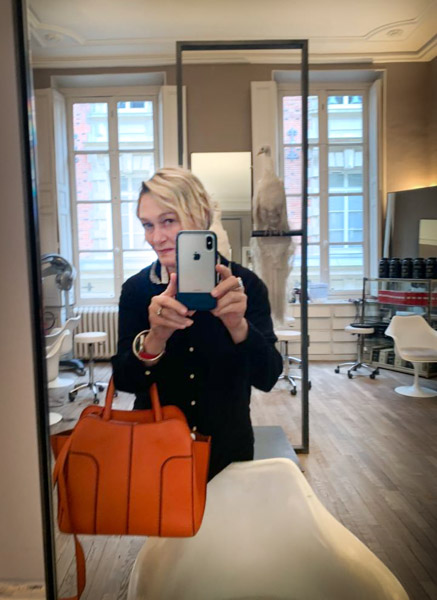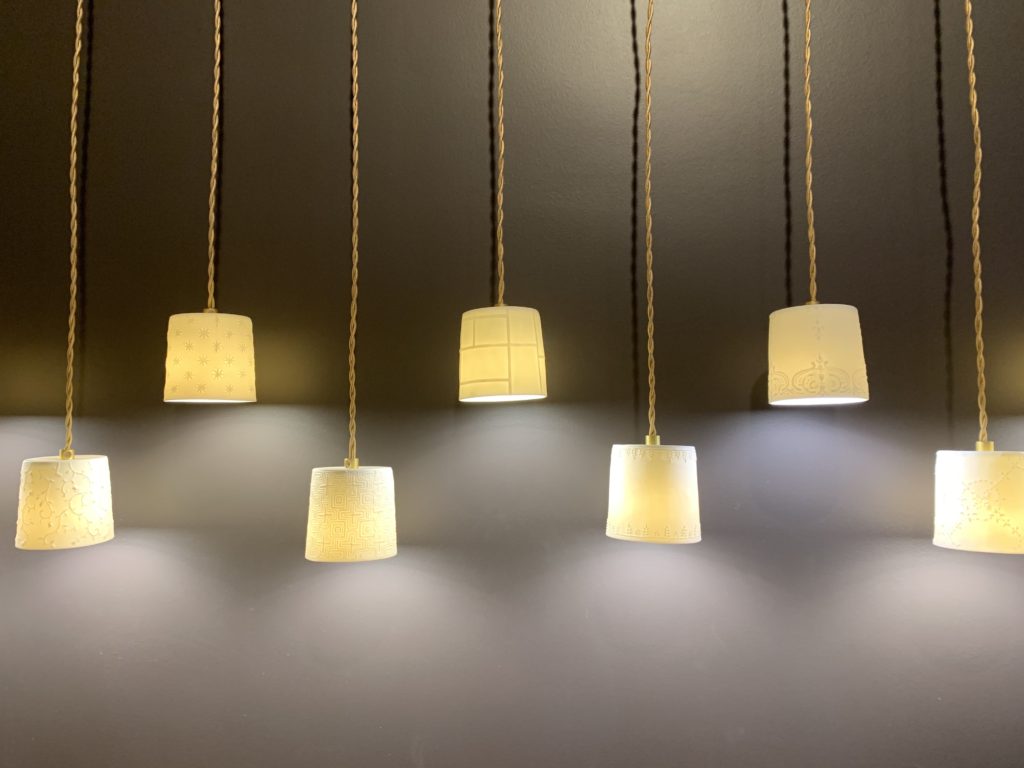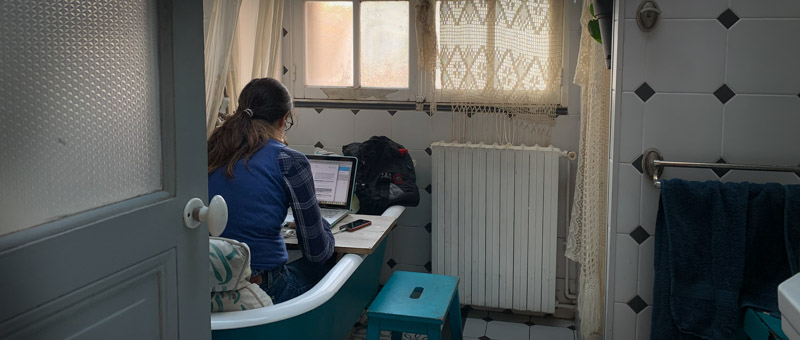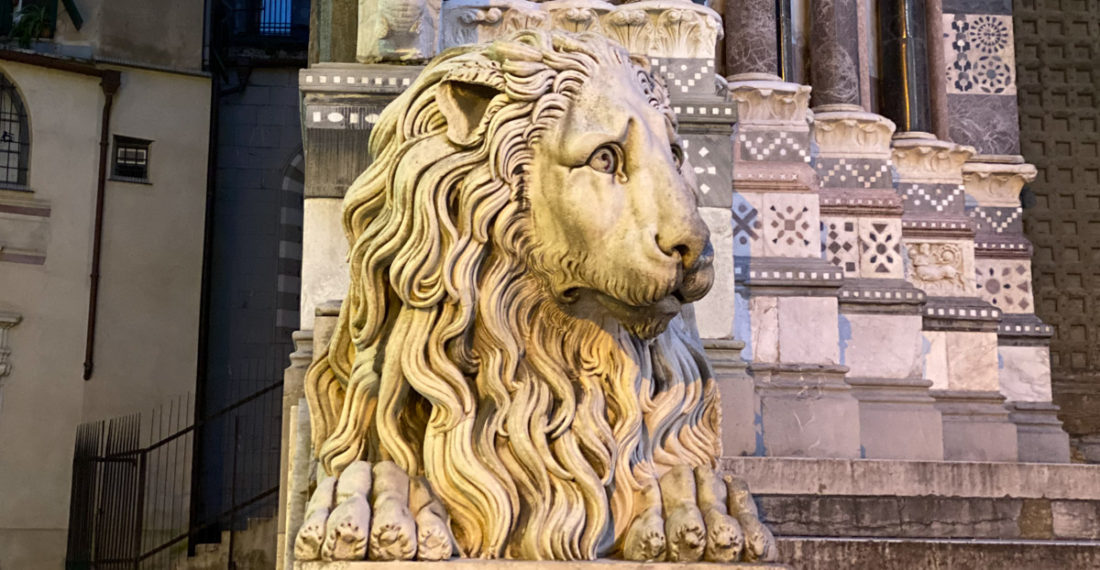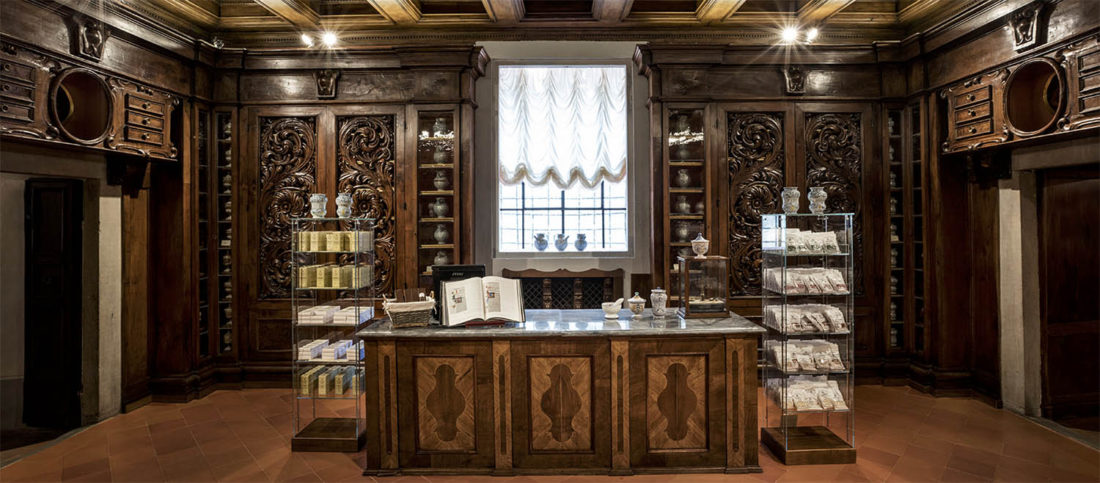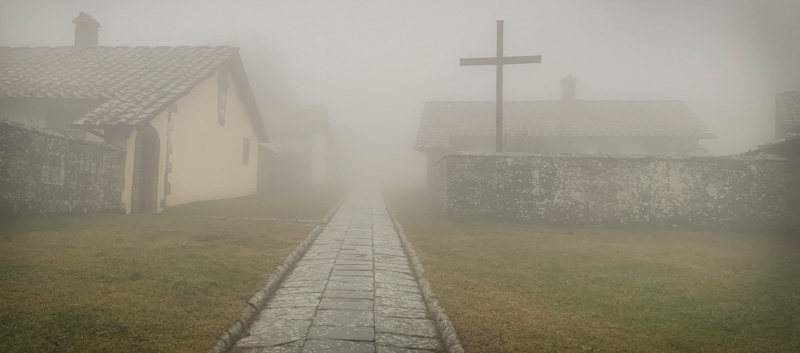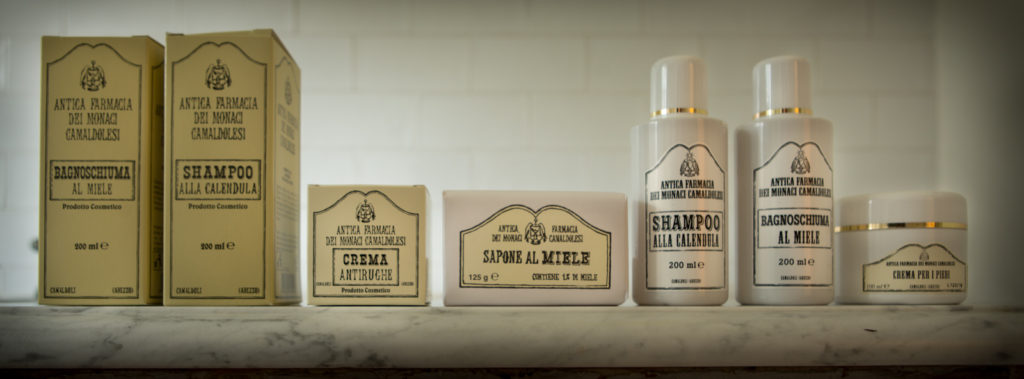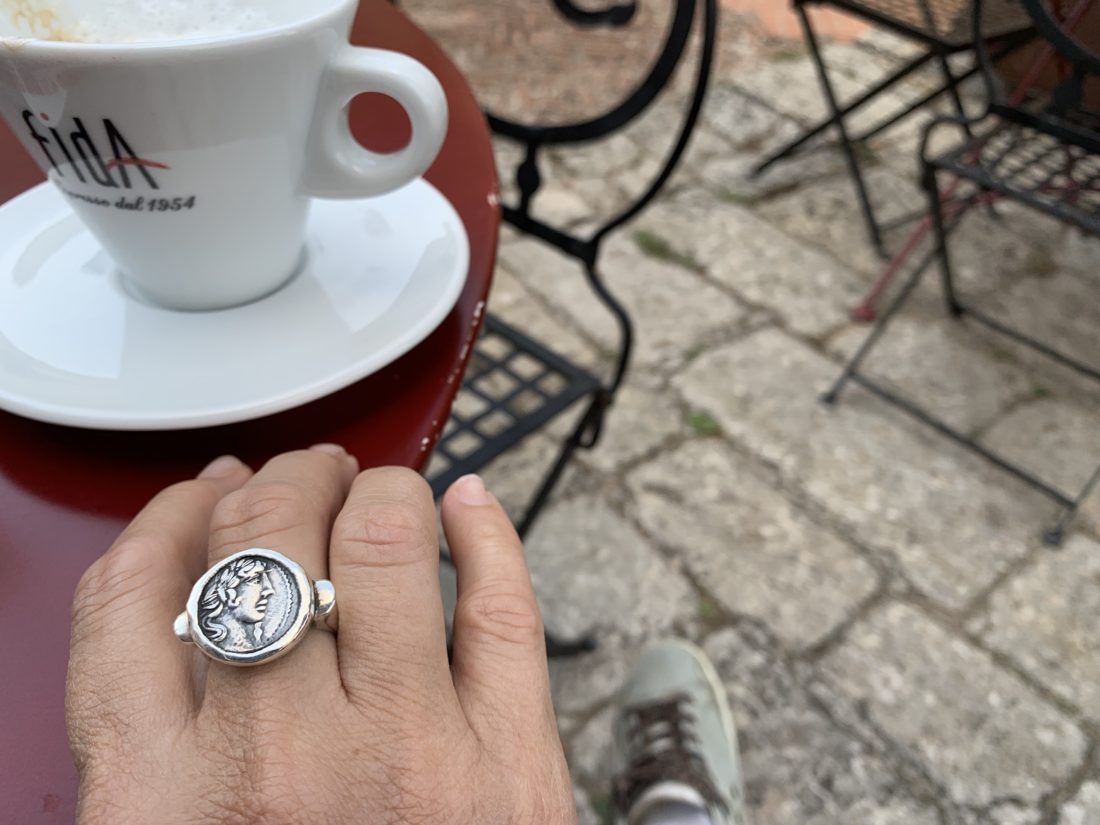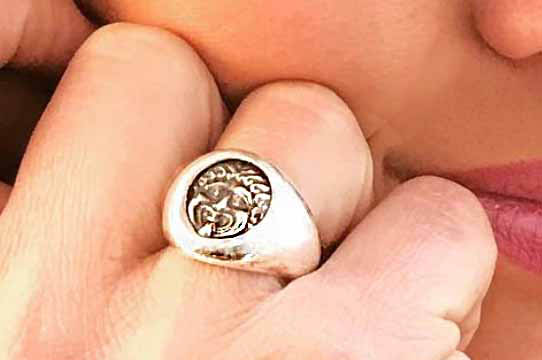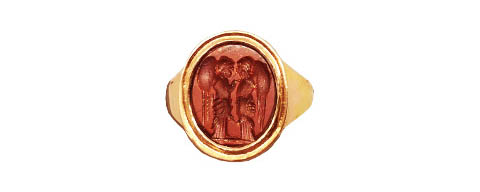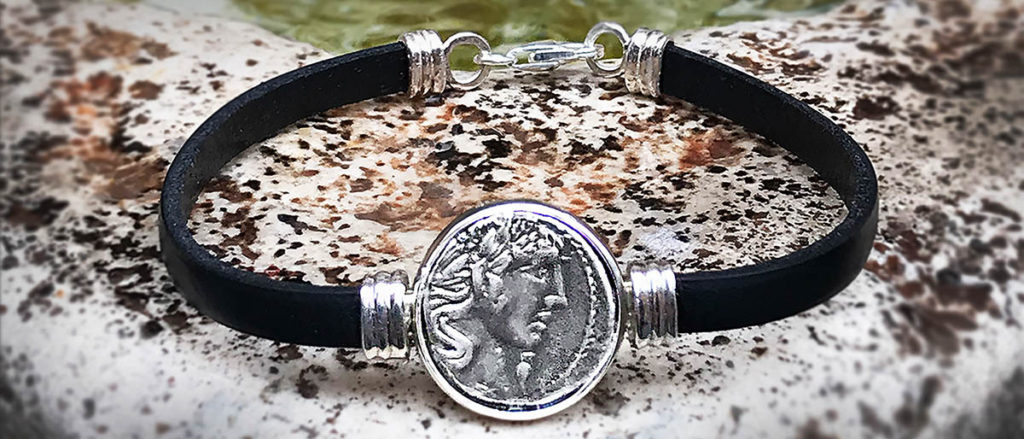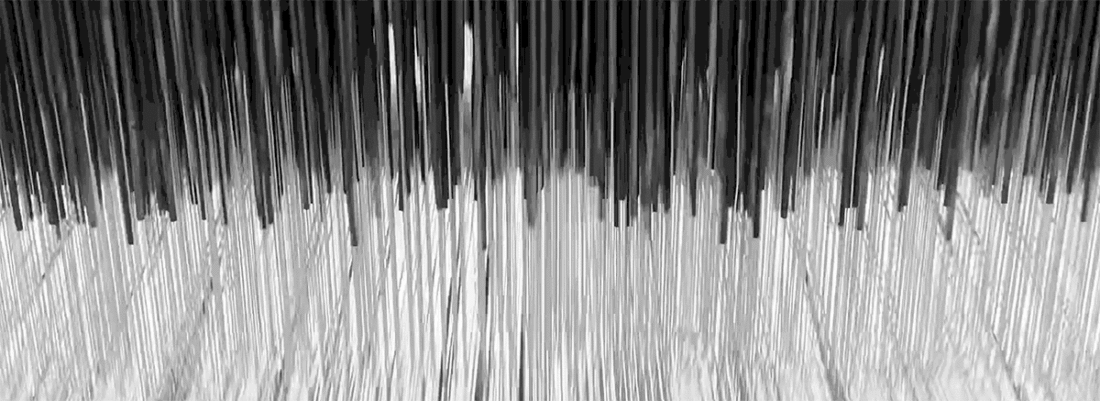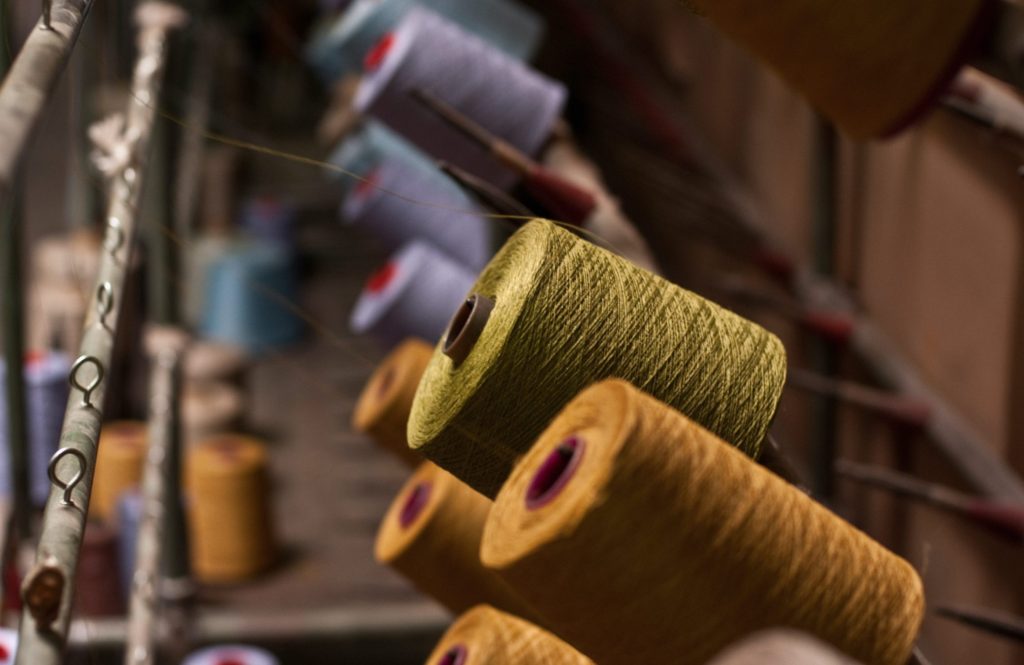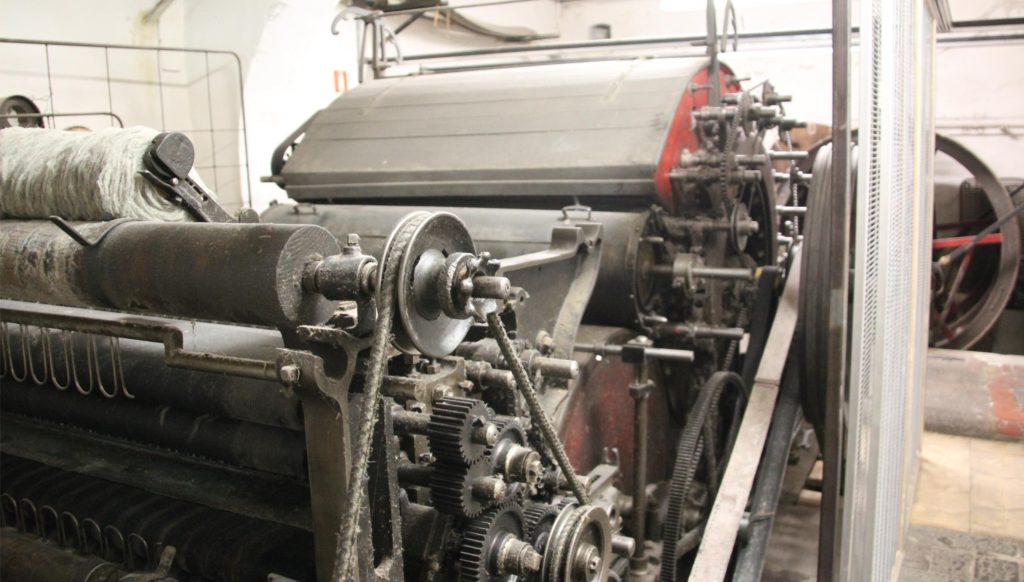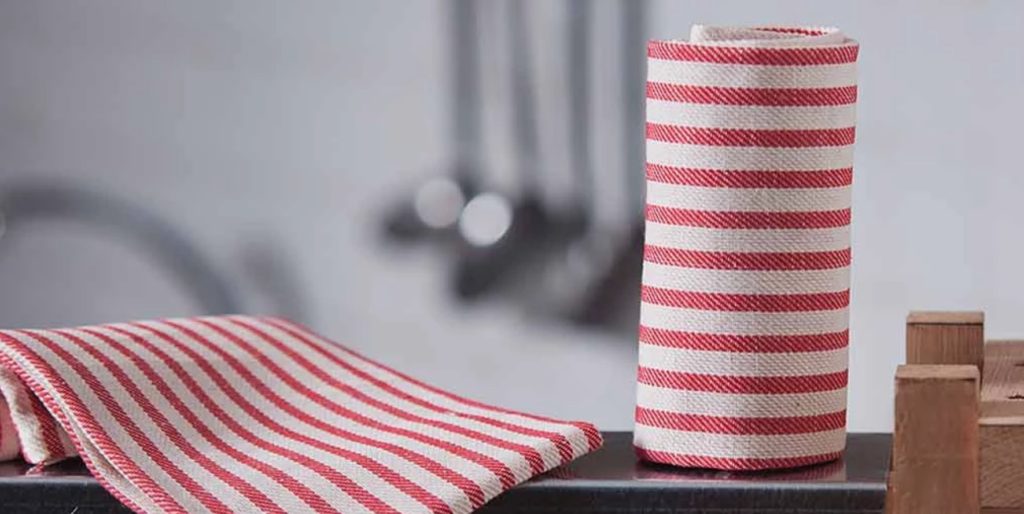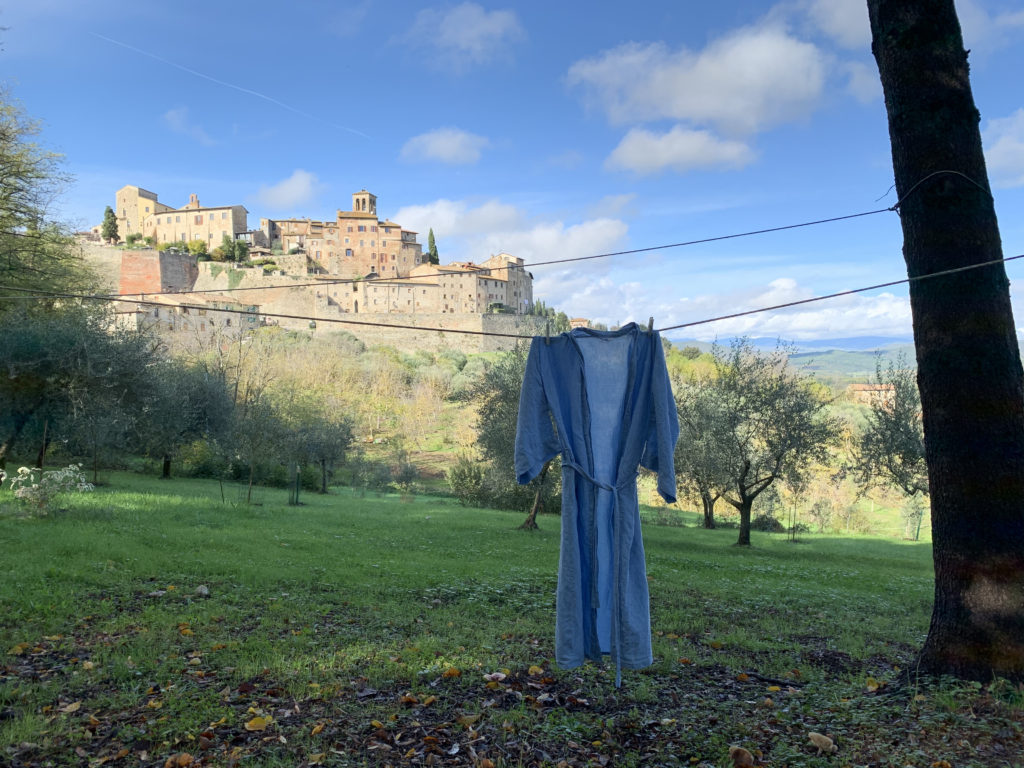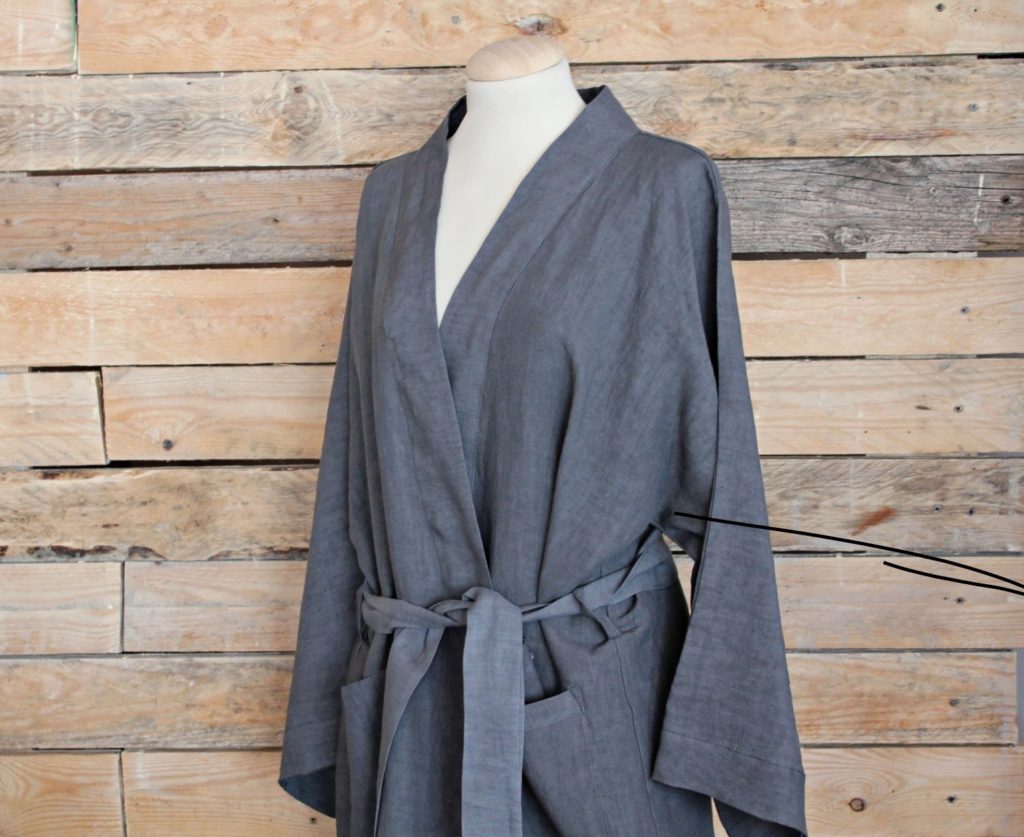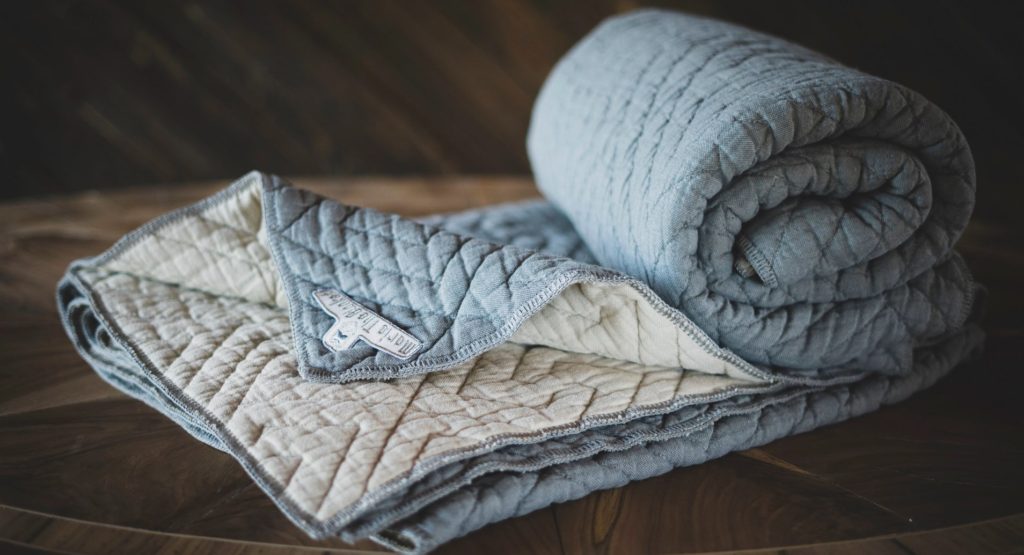January 12, 2020
In
Best Of, Roam
By
Nancy
Genoa, or Genova to the Italians, was once a big deal city although it is a bit of an afterthought today. Italy’s sixth-largest city, and a major EU port, Genova has been all about the sea since its founding in the sixth-century B.C. by Phoenician and Etruscan sailors. It was an important Roman port, and a crucial supplier of goods and transport for the crusades during the 12th century, making it one of the wealthiest and most powerful cities in the world. The striped Cathedral of San Lorenzo is a testament to Genova’s past glory.

Always vying for dominance with Venice and Pisa, it also was under the control of the French and the Austrians at various points. It feels a bit dark, looming, and watching for danger, which is probably partially due to its geography. It’s wedged in a narrow band of flat land between the sea and the Apennine mountains 19 miles long. Even coming from San Francisco the vertical nature of the town is intimidating. It’s partially built on hills that are disorientingly steep. In some buildings you enter on street level, climb up four stories of high-ceilinged palazzo splendor, and exit the backside of the same building, again on street level.
The port is highly industrial and the part that isn’t has been refurbished by native son Renzo Piano into what, to me, is a less interesting version of Pier 39. But across the busy road paralleling the port is one of the most memorable and evocative maze of pedestrian streets I’ve seen since the back alleys of Fez and Marrakech.
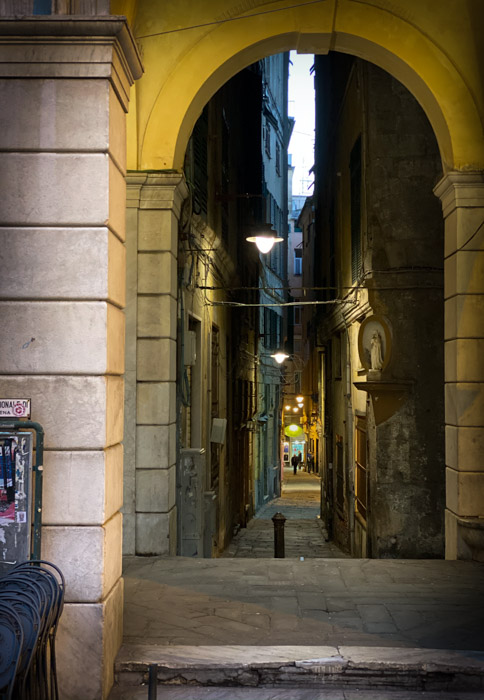
Because the topography offered little land to build on it is medieval high-density living. Even with Google Maps it’s easy to get lost in the narrow alleys which are framed by six and seven story medieval buildings casting the ground level in constant nighttime. A half block away from some of the trendiest boutiques prostitutes abound—it is, and always has been, a seaport after all. Because of the narrow streets the prostitution is a bit more up close and personal than what I’m used to seeing occasionally. I literally had to squeeze past a woman leading her client by the hand into a building when I walking by in the other direction.
Slightly above the medieval warren is a grand pedestrian street, Via Garibaldi, lined by huge palaces. Created in the 16th century it is now a UNESCO World Heritage site. These palazzos are now mostly museums with a few nice pieces including Paganini’s famous “Il Cannone” violin—and surprisingly, two of his guitars.
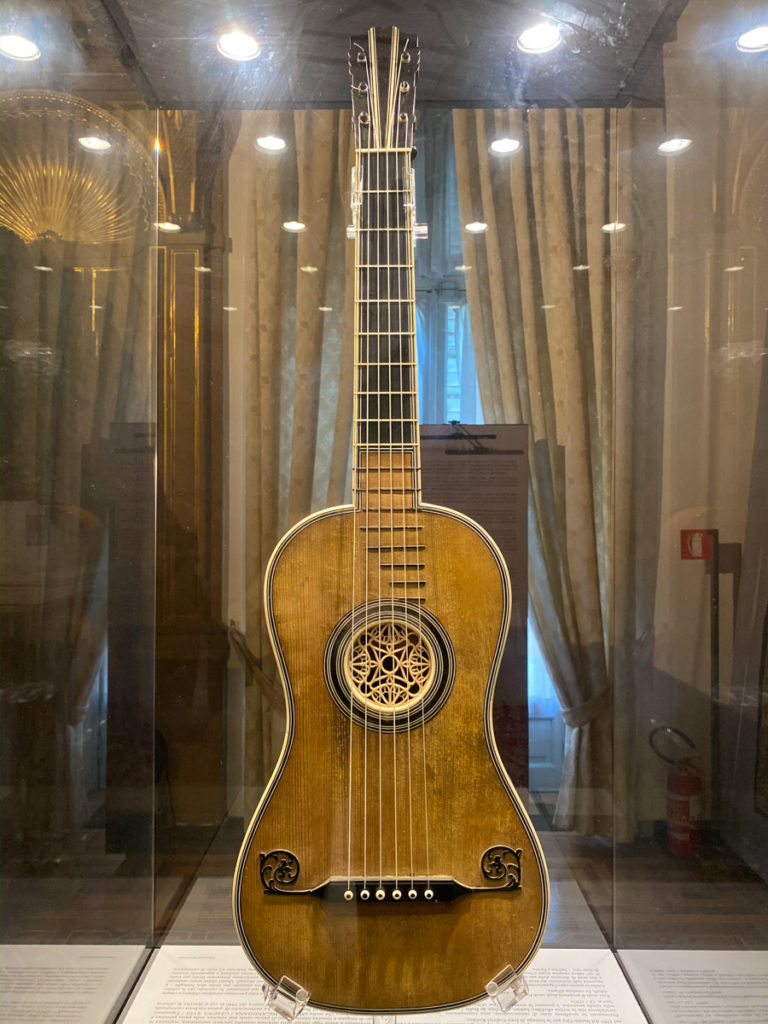
One of the things I liked about the city is that there are a lot of 20 and 30-somethings due to the spillover of economic growth from Milan. It has a youth energy that’s often missing in Italian cities.
We found a neighborhood wine bar in the historic section notable not for its wine or food but because it’s a warm gathering place. The wine is actually all pretty fresh off the vine and not yet in a bottle but in huge vats. One local, when asked by the bartender which wine she wanted replied “The 1€ one.”

They don’t serve any food until after six when a woman arrives with freshly-baked focaccia from a local bakery. Everyone applauded when she arrived. They serve the fresh focaccia with simple salumi and cheese and it was delicious.

We sat next to a charming, nearly toothless, ancient, bedraggled guy who was clearly a regular. He couldn’t stop petting Lola and told us at length about his dog. The rest of the crowd were 20-somethings and young families (with some awesome dogs) all of whom knew each other. Best of all was the bill. Complete dinner with two glasses of wine each, 16.50€. We then splurged and bought two unmarked bottles to take home for 3€. This charmer is called Mescite and I’d run back in a heartbeat.

Nearby on the Via Garibaldi there is a designer homeware store on the second floor of one of the palaces called Via Garibaldi 12. The architecture of the store itself is stunning, but in additional they have an eclectic and very fancy mix of furniture, tableware, and home accessories. When we were in with Lola their small dog was running around playing with her, along with a young grandson, and the owners didn’t seem the least bit concerned, even when everyone was running around the large, leather, one-of-a-kind sofa designed by Zaha Hadid (price upon request…) or the wall of hand blown glass vases—you can see both below.
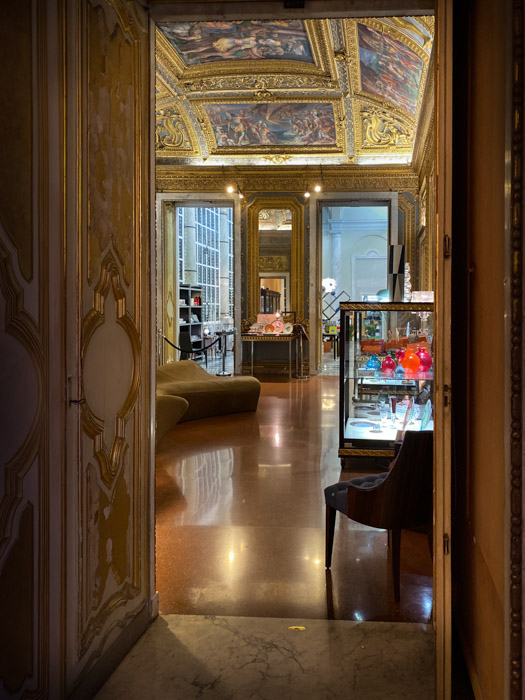
We stayed at a central, but tired hotel, Hotel Bristol Palace. Room was huge and the hotel has a great central staircase, but it didn’t charm me. Next time I will stay at a hotel we found on our wanderings in the medieval sector, Palazzo Grillo.
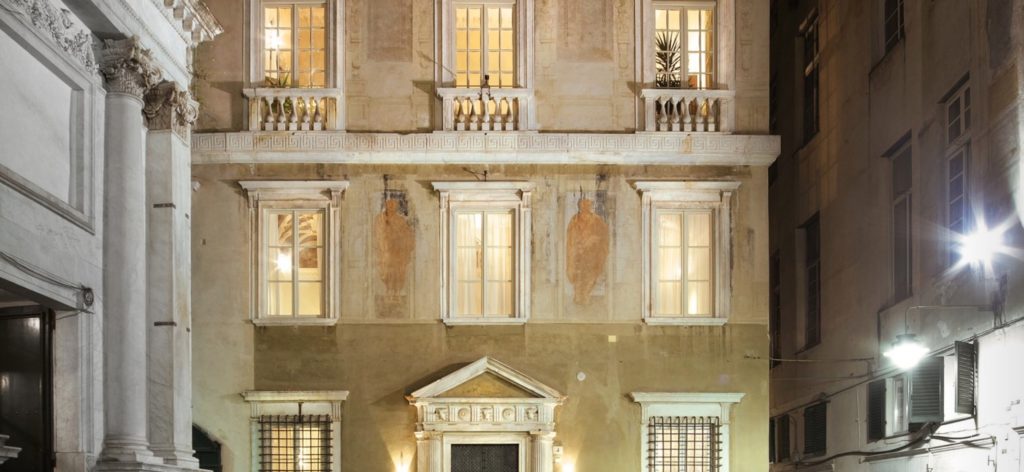
It looks wonderful and it’s next to an enchanting church, Chiesa Santa Maria delle Vigne (the monks grew grapes in the cloister during the middle ages). When we passed the cloisters had been paved over and were being used as a soccer area for kids.
The pesto we had was wonderful, but with a distinctly different flavor and texture than pesto I’ve had elsewhere. It’s so emulsified that it’s creamier and less dark. To get the right texture you will clearly need one of these: A Pestobene. You gotta see this baby in action.
There’s a nice covered market, the Mercato Orientale. I’ve never been to a farmer’s market that sells white truffles before. Not to mention the stand specializing in tripe.

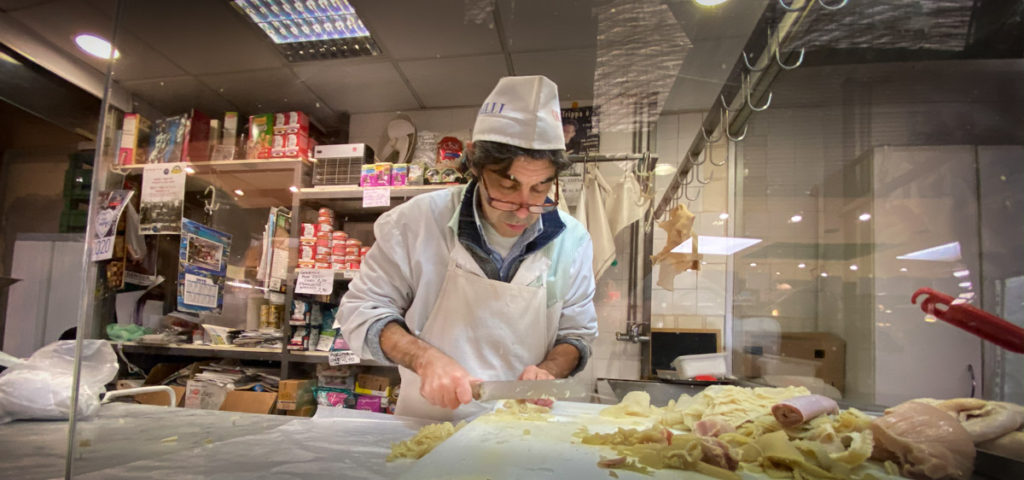
One of our favorite things was a walk along the sea to the small fishing village of Boccadasse (more in an earlier Itch article).
Don’t miss Il Profumo for gelato, which is not to be confused with the new official “logo fragrance” of Genova made by Euthalia and containing a mixture of basil, marjoram, thyme, bergamot, rosemary, coriander, and lavender. It was dispensed throughout the city in diffusers from Sept. 12 through the 13th of October of last year. Back to the gelato, Profumo was named the best gelato in Italy, according to the Italian food authorities at Gambero Rosso, and the owner/maker is a delight.
